#fashion history
Text

#historical fashion polls#fashion poll#historical dress#historical fashion#dress history#fashion history#fashion plate#19th century#19th century fashion#19th century dress#mid 19th century#early 19th century#1830s fashion#1830s dress#1830s#1835
192 notes
·
View notes
Note
I once went to a fashion museum, which had a temporary exhibition on corsets. I, having recently started watching historical fashion youtubers, was really excited to read more about historical corsetry, and happy that slightly fewer people would fall for the corset-myths.
Can you guess what I found?
Correct! The entire fucking exhibition was about tightlacing! Not once did it mention working class women and their relationship to corsetry and work, no mention of stays or any corset that is not made for tightlacing, nor any practical use of corsets or any non-vanity-related reasons for wearing corsets. They didn't even mention the people who are, today, recommended corsets for medical reasons.
Oh god.
It really is like that sometimes, though! Early (mostly male) dress historians like Cecil Willett Cunnington FULLY took those semi-pornographic tightlacing magazine letters from the 1800s as gospel, or satirical images as valid primary sources. It seems from my reading like Doris Langley Moore- writing in the mid-20th century when female dress historians were rare, natch -was the first to literally include a drawing of a 17"-circumference circle in her book and say "Guys. There's NO WAY this was widespread based on the overwhelming majority of extant garments."
And even now, while it's not a corset myth, I had a young curator I consulted with last year say "Well, of course these dresses WERE unhealthy to wear," with full confidence and no further elaboration.
We're not getting out of the dress history myths alive, friends.
164 notes
·
View notes
Text

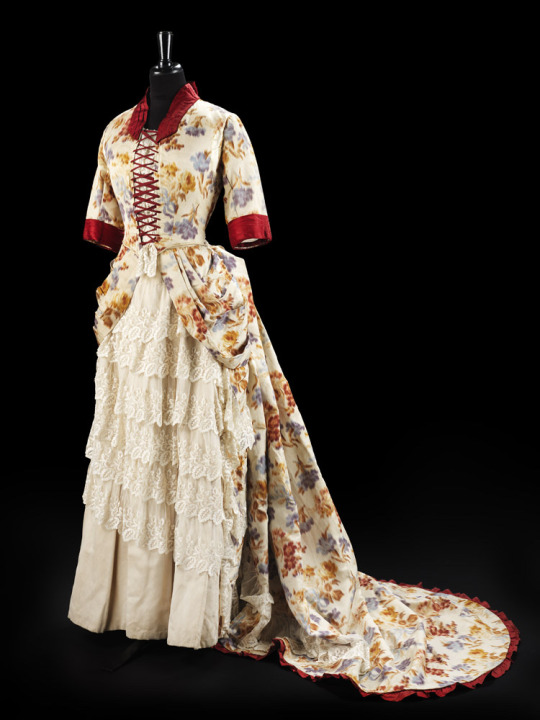
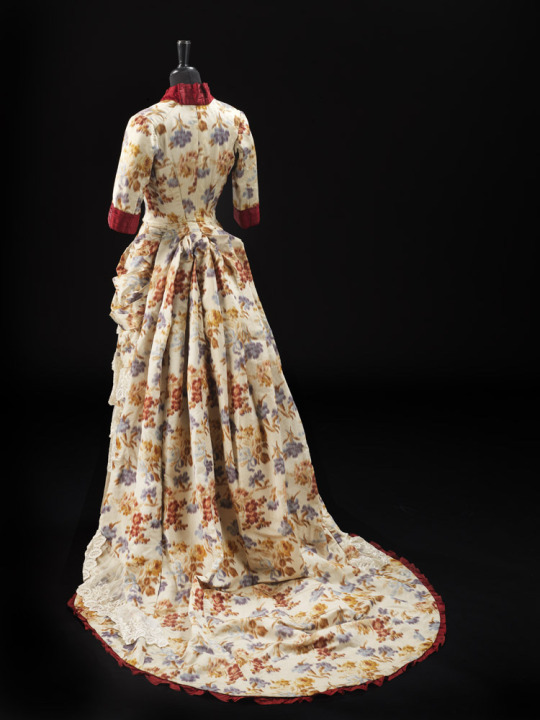
Dress made of silk, cotton, linen, metal
c. 1883-1885
Glasgow Museums
#Victorian fashion#fashion history#historical fashion#dress history#19th century#1880s#historical clothing#frostedmagnolias#cottagecore#first time tagging something as that 😭 but it really is??
107 notes
·
View notes
Text
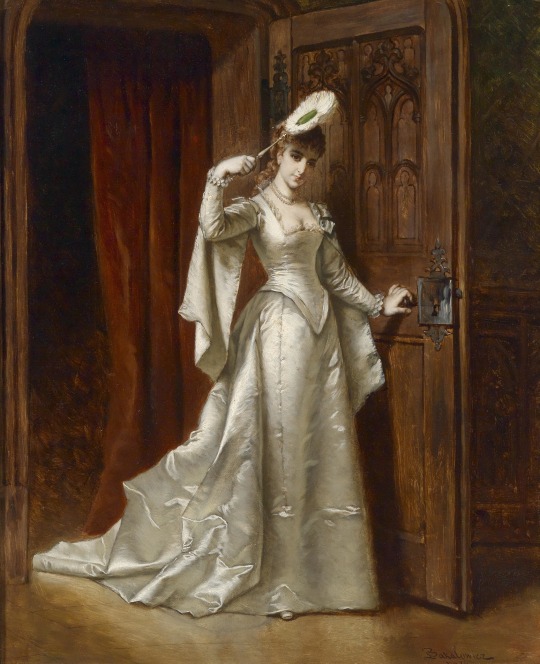
Elegante Dame in weißem Damastkleid
Ladislaus Bakalowicz
#Ladislaus Bakalowicz#polish art#white#genre art#19th century#art#painting#art history#fashion#portrait#fashion history
59 notes
·
View notes
Text
#Sidlink#hornyaf#[ fluff ]#alysha nett#fashion history#demar derozan#choni#peter parker imagine#sleepy bois inc#ohshc#skeleton#romantic quotes#mcu loki
123 notes
·
View notes
Text
IWTV S2 Ep1 Musings - Daciana: History through Visual Context in Ploiești, Romania
I immediately fell in love with The Vampire Daciana & her Romanian castle, and wanted to know more about it all.
We already know how much the set/costume designers on IWTV looooove attention to detail; they tell whole stories just through architecture, furniture, clothes, etc. So I was like OK, AMC, I see you; lemme start doing some reading up on Romania, so I can try to figure out what might be going on with Daciana. (Warning: I know eff all about Romania or Eastern Europe.)
ROMANIA
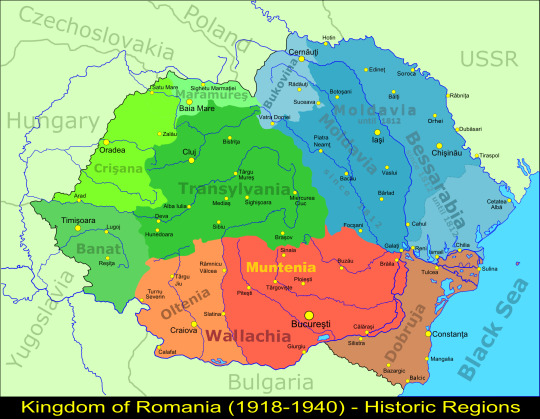
Map of Romania. Ploiești's the dot just under Muntenia, north of Bucharest, the capital. Ploiești's part of Wallachia, the IRL kingdom of Vlad Tepes (aka Dracula). Louis & Claudia went there in the 1940s, so I hope this map is accurate enough. (There's this map, but I dunno the date.)
DACIANA
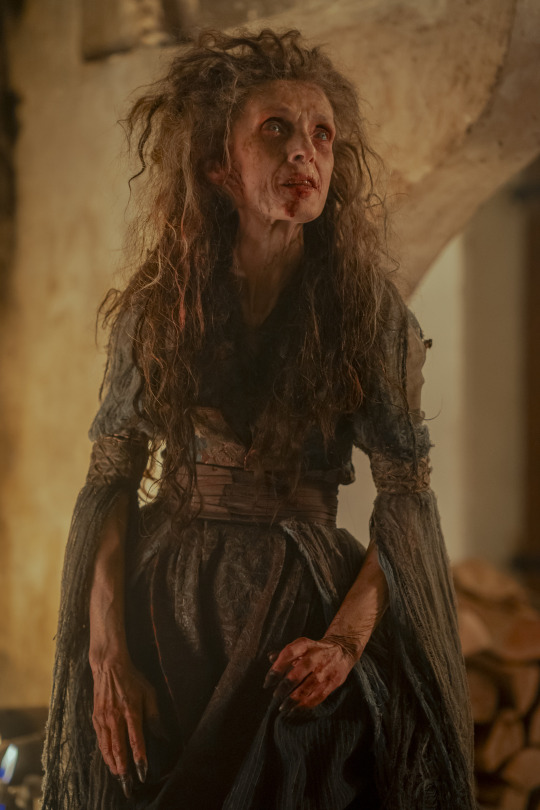
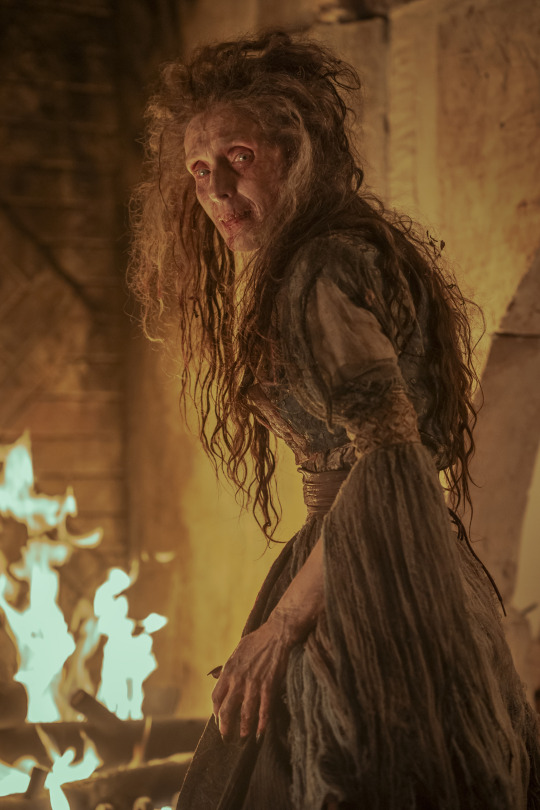
The most obvious thing about her is that she's not dressed in the typical traditional Romanian folk clothing I see all over Google, full of white-red-blue/black palettes.

Daciana's not following traditional 19th/20th-century Romanian nationalist images. Her green/brown palette & silhouette is telling, as she lacks the puffy white blouses & dark skirts. (Despite her name, I'm ruling out her being Dacian (X X)--you think you're FUNNY, AMC! But IDK about Cezare Romulo (X X); might do a Pt2!)
Sleeves
First thing's her trailing slashed open sleeves, which were screaming Medieval! at me. Here's some 15th century Renaissance examples, but with surcoats, which is different, but the sleeves reminded me of hers so IDFK.
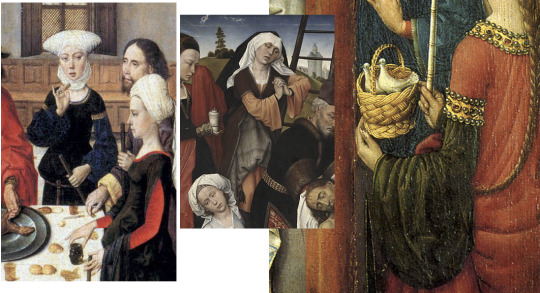
We could chalk this up to Daciana's design as just generic "medieval" fairytale stuff and keep it moving. But to give her a fair shake, I looked at local examples for anything similar that's more recent.

Traditional clothing from Huedin, Romania (north Transylvania), (X X).
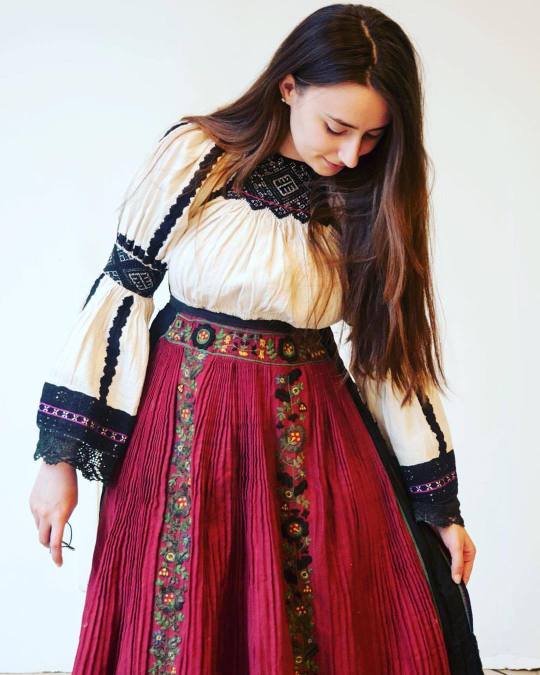
Traditional clothing from Cluj, Romania (north Transylvania).
Keep Transylvanian/Muntenian cross-cultural contacts in mind when we get to Daciana's castle, cuz it's important!

Wrt rarer non-puffy sleeves, the square cut (light blue) seems to be more prevalent in Wallachia/Moldavia/Bessarabia (southern & eastern Romania); while the rectangular cut (dark green) is all over Romania, but definitely has a concentration in Wallachia & Moldavia.
And this makes sense, cuz the style seems to also be prevalent in 19th - 20th century Bulgaria, just south of Wallachia. Hrm....

Daciana's sleeves hang very long--the only example of super long sleeves I could find is a 19th century one at the Met (C.I.47.3.4a–d). The only example of slashed sleeves I could find is in this museum exhibit at Bran Castle (yes, THE Bran Castle--I'll get to it in a minute!)
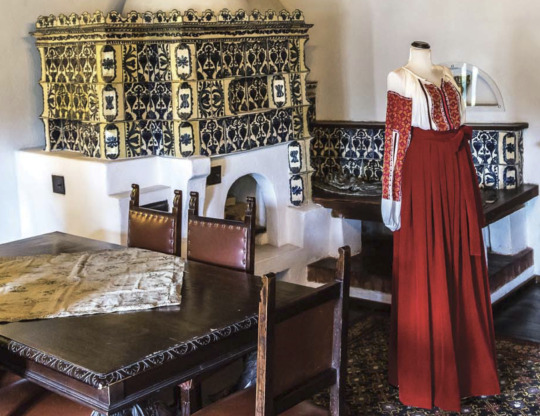
Belt, Bodice, & Fabric
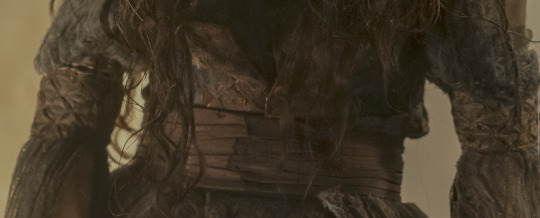
Daciana's belt is so plain compared to everything else. Is it supposed to be a leather Romanian chimir (worn by mountain/forest folk)? Those are only worn by men though? Or it depends? Or is it a just a plain cloth belt? It's reminding me of these examples (X X):

I wish I could see more of Daciana's bodice, if there's any particular kind of cut or patterns. Is the diamond netted/knotted/roped pattern on her arms significant? Her fabric is interesting, too:

What's this embroidery? Brocade? (Byzantine-Renaissance?) Damask? (c. 14th-16th century?) Lace? Something else? My brain wants to assume it's imported? Meaning: she's hella rich. Cuz like, the traditional Romanian blouse & skirt used to belong solely to peasants, b4 19th-20th century aristocrats started wearing it, too.
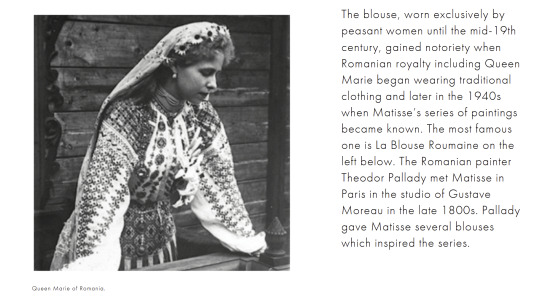
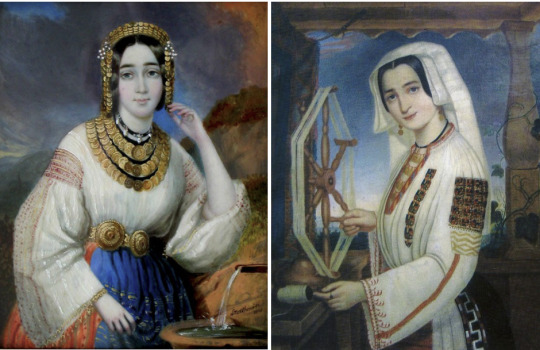
IDKY--more reading led me to a whole bunch of complicated stuff, that can probably be simplified by just saying: The Ottomans. XD

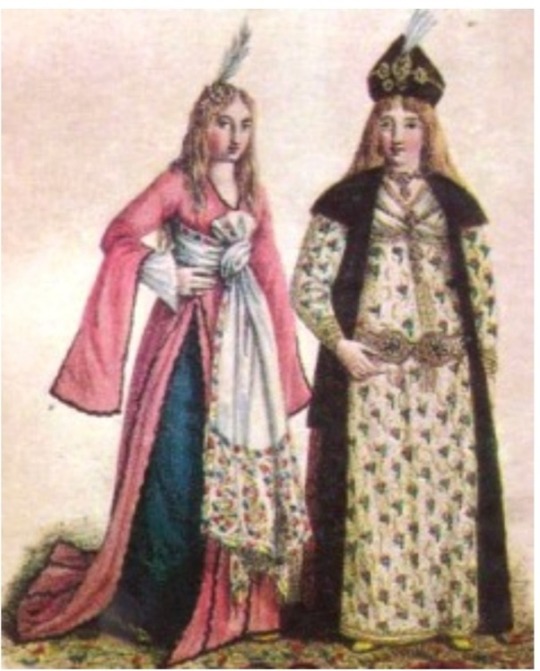
The pre-19th century Romanian aristocracy wore super opulent clothes, inspired by not just the Ottomans (X), but also the Byzantine Greeks (via 18th century Romanian Phanariote boyars (X X X)), etc. But aside from the hanging sleeves, Daciana's dress doesn't really resemble any of these foreign examples. However, it does track with my theory that Daciana predates the 19th-century Romanian nationalist/traditional clothes that became so iconic later on.
Like Louis & Claudia did, let's follow Daciana to her castle! ^0^
DACIANA'S CASTLE

I NEED to know if AMC filmed on location in Romania, or if Daciana's castle is just a studio set/green screen.
The interior's nowhere near what I expected, considering Daciana's haggard appearance. It's really nice--clean & tidy. No spiderwebs, no chipped plaster/paint, not even any bloodstains--but I've mentioned before that I think it's indicating that Daciana's a mother who takes better care of her home (and "child") than herself.
Archway
The first thing is the arch when they first come in (noticeable mostly cuz of how Louis had to bend down to get in, he's so tall).
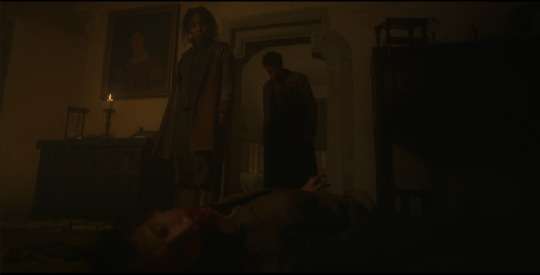
These types of doors/arches are called "shouldered arches," dating from the Medieval-Gothic periods, which Europeans adapted from Islamic architecture during the medieval Crusades. (Examples inc. Lainici Monastery in Wallachia, and the Academy of Art in Cluj-Napoca (north Transylvania).)
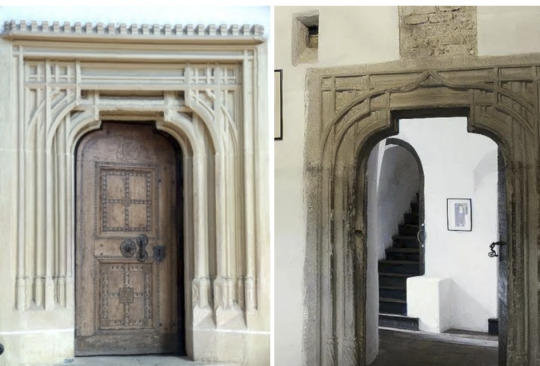
The left pic's Biertan Fortified Church, in Sibiu (south Transylvania). (Another door.) The right pic's Bran Castle, in Brasov (south Transylvania). (Another door.) (Vlad Tepes/Dracula historically never owned this castle, but pop culture says otherwise.) Both places were built by the German/Saxon Transylvanians in the 14th-16th centuries; which might help date Daciana's castle, if not Daciana herself? (The Saxon Transylvanians were in Wallachia, too.)
Wall Ornamentation
The last thing I'll discuss is the wall ornamentation/decoration:
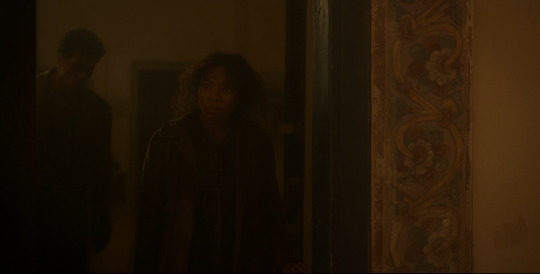
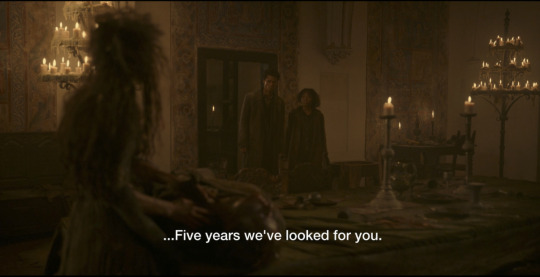
The painted floral trim everywhere instantly reminded me of The Witcher 3, as found in Hungarian, Polish, Ukranian etc buildings. Apparently the designs are all related to fertility, growth/luck, and the Tree of Life. Walls (X X X) and doors (X X) were painted. You can see northern Romanian painted ornamentation in Suceava (Bukovina).

There's painted wall designs in southern Romania, too.
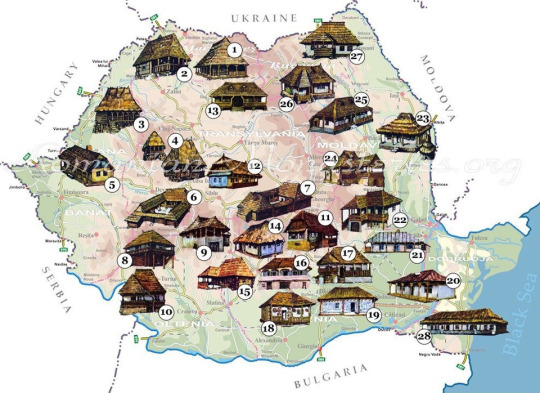
"The research of the popular interior in the Argeş and Muscel areas leads to the determination, along with a local specificity, and some Transylvanian influences, in the contact areas between southern Transylvania and northern Muntenia. In the researched areas, two lines of development of the popular interior can be observed, one relatively simple and the other complex. If the first is the prerogative of a typical Subcarpathian interior, the second represents a distinctly Transylvanian form, which was also imposed due to the presence of the Transylvanian population in the south of the Carpathians, settled in numerous villages." -- (Google Translated from Arta populară din zonele Argeș și Muscel, 1967)
(The website RomaniaDacia has A LOT to say about Transylvania, and the impact of the Germans, Saxons, Hungarians, etc on Wallachia & the rest of Romania.)

Sure enough, I was finding way more carved ornamentation (X X X X X X) than painted ones.
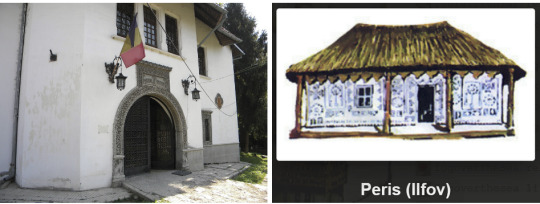
But I wonder if that's why a lot of southern traditional Romanian interiors I've been finding have totally plain whitewashed walls, too, with no painted ornaments, just tapestries (X X). I did find Romanian interior floral wall painted trims (X), but not nearly as much.
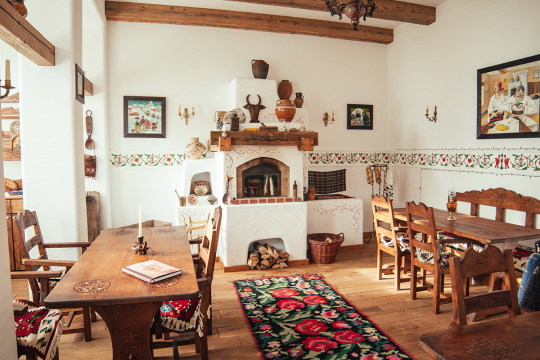
Cuz actually, the closest comparanda I was finding for Daciana was Northern European rosemaling (X X), which is also giving me medieval vibes (X); specifically: trims on illuminated manuscripts like the Book of Hours (X X X)--which we know from Lestat in S01E06.
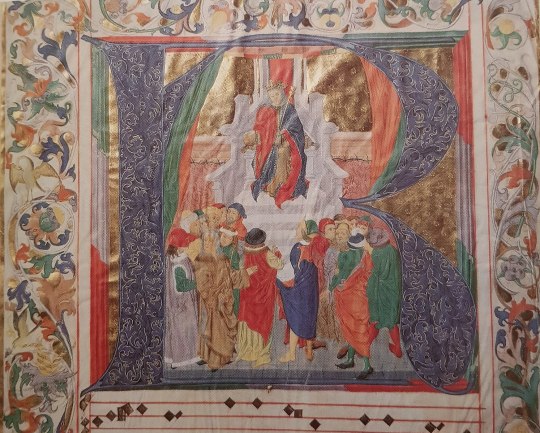
And we do see some Romanian medieval fresco borders & frescoes that had been plastered over & whitewashed, in Biertan's 15th century churches, and in 13th-15th century Darjiu (Transylvania).
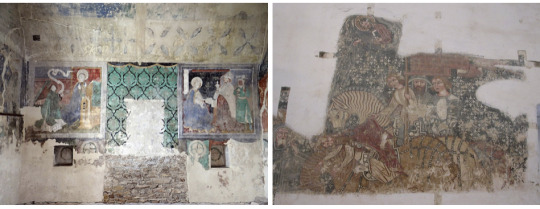
So, I wouldn't be surprised if a lot of Romanian buildings (especially castles with whitewashed plastered walls) were formerly painted similar to Daciana's. Unfortunately, I just can't find an example or figure out what AMC might've been inspired by--Romania has hundreds of castles & churches.
So, I'm tapping out--this is the most I could find so far. U_U
Results? Inconclusive! 😭 My Google-fu has failed me, LOL!
I still have no idea what time period Daciana could be from. We could go several routes:
Go by her name, and say she's ooooold AF, an actual Dacian. She's just been collating Eastern European culture as she ages, but stopped at some point (as her mind deteriorated)
She's medieval, somewhere roundabouts the 14th-16th century (making her ~500 years old, the same age as Armand--but she's weaker (as I've theorized b4), which is why she was able to burn herself up.)
Settle on her being a local Wallachian from Southern Romania, likely pre-19th century / pre-industrial early-modern Europe
Handwave everything aside as Renn-Faire fairytale fantasy; let the tale seduce you~!
OR, we can just bully AMC until they give us an extended BTS look at how Daciana was conceptualized, telling us all the tea about her! 😈
#interview with the vampire#iwtv tvc metas#fashion history#architecture#medieval europe#read a dang history book#the vampire daciana
55 notes
·
View notes
Text
I watched the new episodes of Bridgerton, and while I enjoyed them a lot more than I expected to (PENELOPE!!!), I was really, really annoyed with the scene where Eloise suffers through other ladies at a ball listing embroidery stitches.
(@marzipanandminutiae - you did a post on that stupid Edith-Ann fake sampler, didn't you? I went looking for it but couldn't find it. If you can get me the link, I'll add to the blog post!)
42 notes
·
View notes
Text
I'll be honest...
I'm bringing this up because Charlie originally was a sinner and was from the 1830's

As I would like to see Charlie Morningstar with this hairstyle...

This is the Gibson girl, this is a female figure from the 1890's representing an ideal woman in the late victorian era. She's often a woman who pursues romance, higher education, marriage, physical well being and has autonomy. However Charlie is better presented with victorian pants such as this:
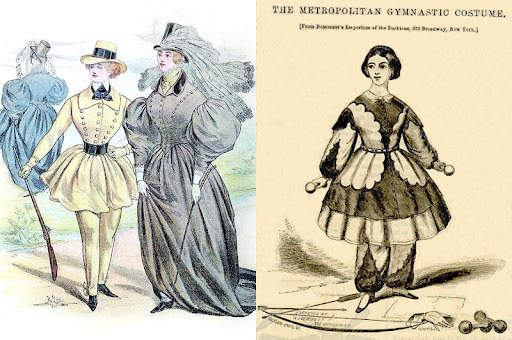
Or Charlie could look like this:
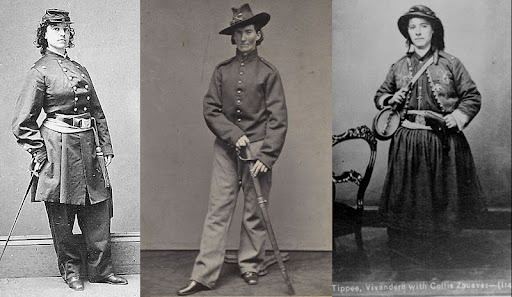
And there's more hairstyles I would like to show, particularly Victorian hairstyles from the 1800's and 1830's . This just for Char.
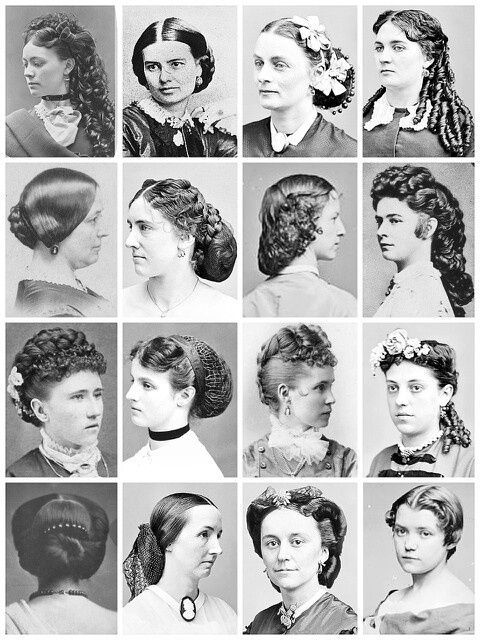
And probably give her long hair like this:
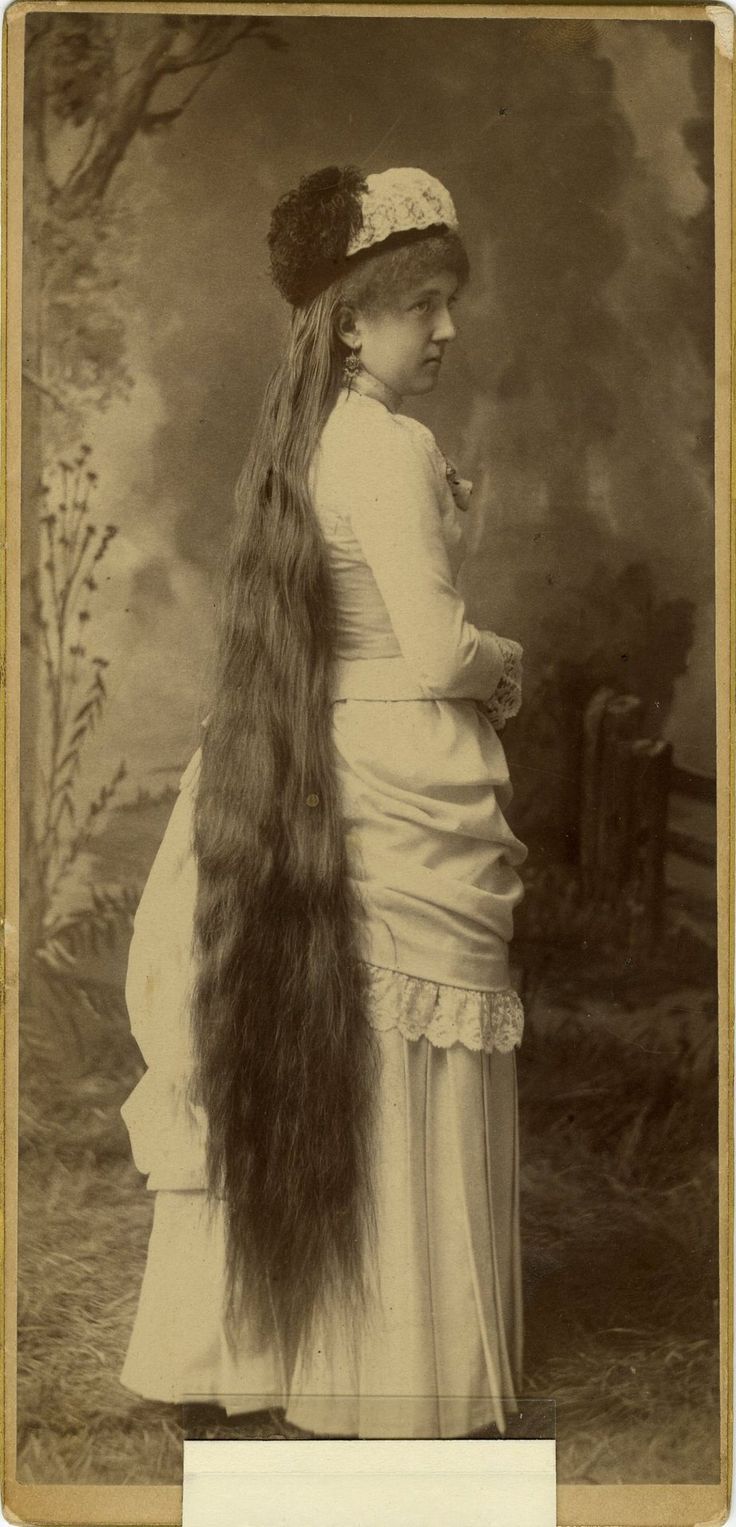
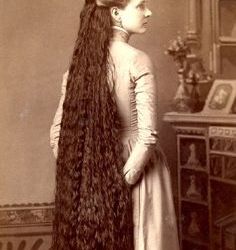
Yeah, I really want to draw and post a drawing of Charlie in her era; however, I do not have a lot of motivation to do so. Maybe later. I also want to draw Vaggie in her eighties outfits based on my last post comparing Vaggie to Madonna.
Alright that's it for now.
#hazbin hotel#hazbin art#hazbin hotel au#hazbin charlie#hazbin characters#vaggie motha#vaggie#vaggie hazbin hotel#charlie morningstar#charlie hazbin hotel#charlie magne#chaggie#artist on tumblr#victorian#victorian era#1800s#antique#late 1800s#18th century#victorian fashion#history#fashion history#women in history#gibson girl
30 notes
·
View notes
Text

Gallery of Fashion, vol. VII: April 1 1800 - March 1 1801
From the Met Museum
#gallery of fashion#fashion#fashion plate#print#fashion history#dress#history#1800#1801#1800s#1801s#19th century#georgian
22 notes
·
View notes
Text
FWIW, "mauve" was one of the coal-tar dyes developed in the mid-19th century that made eye-wateringly bright clothing fashionable for a few decades.
It was an eye-popping magenta purple
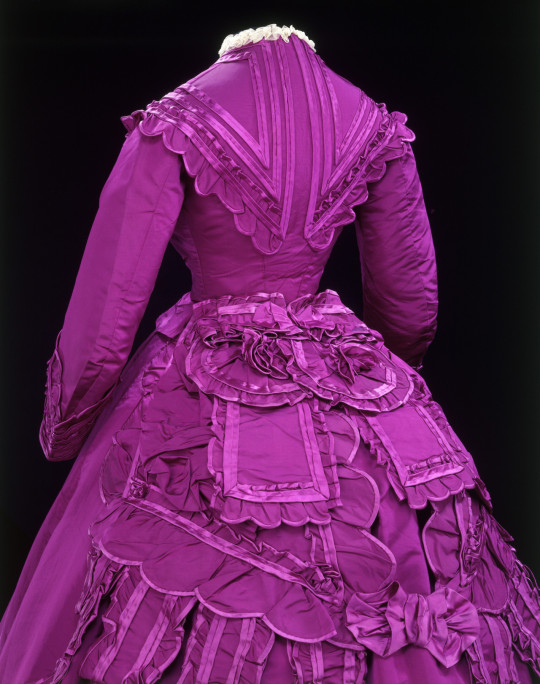
HOWEVER, like most aniline dyes, it faded badly, to a washed-out blue-grey ...
...which was the color ignorant youngsters in the 1920s associated with “mauve”.
(This dress is labeled "mauve" as it is the color the above becomes after fading).

They colored their vision of the past with washed-out pastels that were NOTHING like the eye-popping electric shades the mid-Victorians loved. This 1926 fashion history book by Paul di Giafferi paints a hugely distorted, I would say dishonest picture of the past.
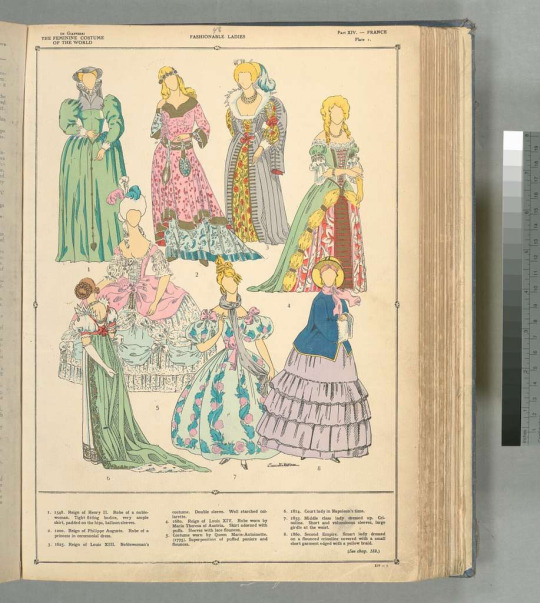
Ever since then this faded bluish lavender and not the original electric eye-watering hot pink-purple is the color associated with the word “mauve”.

22K notes
·
View notes
Text


solid perfume necklace in the shape of a mussel from estée lauder, 1974
27K notes
·
View notes
Text
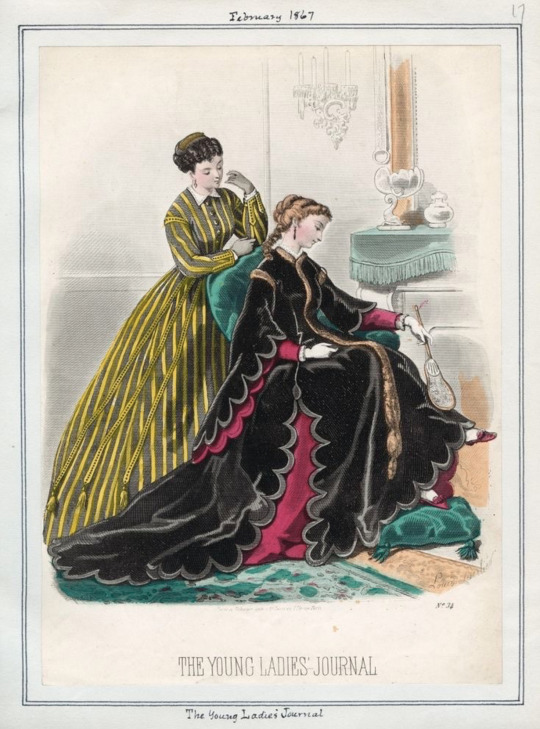
submitted by @thepageofheart 💛🖤
#historical fashion poll submission#ugh i am IN LOVE with the vampiric vibes of right#historical fashion polls#fashion poll#historical dress#historical fashion#dress history#fashion history#fashion plate#19th century#19th century fashion#19th century dress#mid 19th century#circa 1860#1860s fashion#1860s dress#1860s#1867
100 notes
·
View notes
Text
I was about to be irritated at a shitty "kids' education" website on 1770s clothing but then I learned that there's a staymaker buried at King's Chapel and now I'm just delighted to know the gravesite of a clothing worker from that era and I want to take him flowers
11K notes
·
View notes
Text
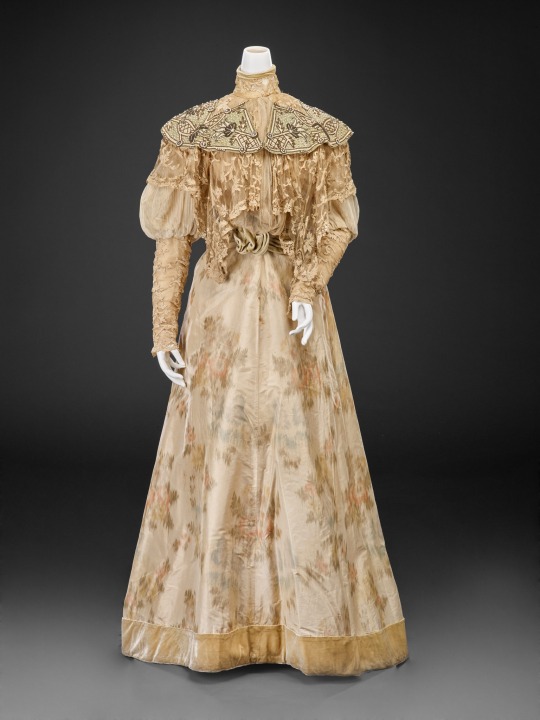


Dress
1890s
Marshall Field & Company
Newfields
#too good#Victorian#fashion history#historical fashion#history of fashion#historical clothing#frostedmagnolias
105 notes
·
View notes
Text

Susan Forristal wears a black velvet outfit by Michel Goma of Patou, 1968.
Photographer: Marc Hispard
#Marc Hispard#Susan Forristal#1960s#fashion#portrait#photography#fashion history#fashion photography
55 notes
·
View notes
Text
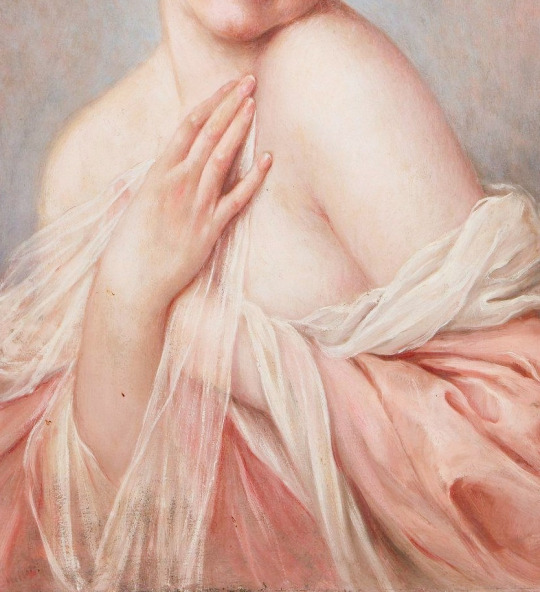

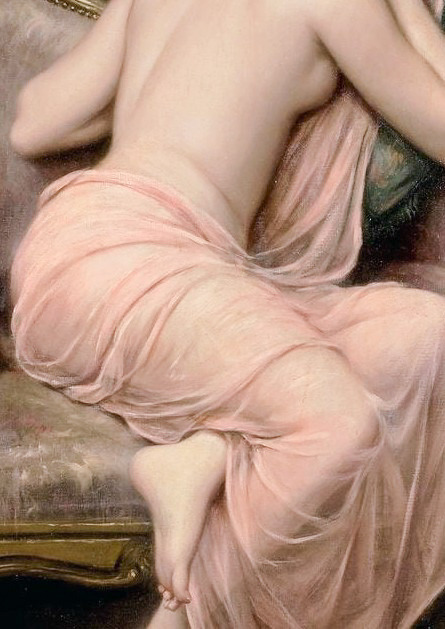
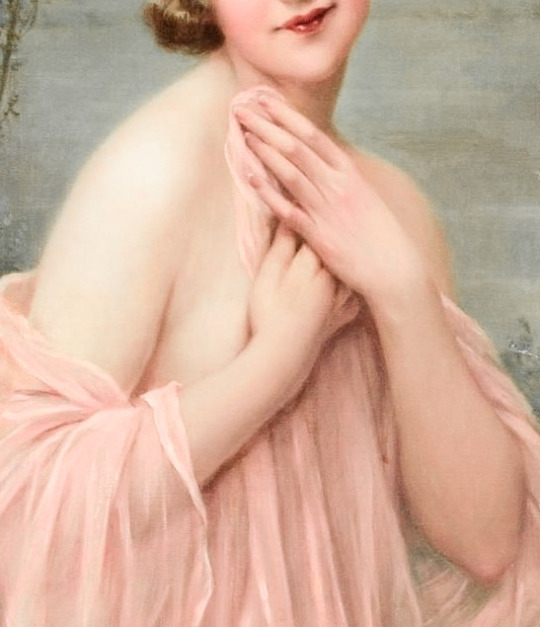
François Martin-Kavel & pink fabrics
French, 1861-1931
#art#painting#classical art#women in art#art detail#fine arts#art history#french art#François Martin-Kavel#pink aesthetic#pink#19th century art#19th century#fashion history#historical fashion#textiles#art lover#historical art#painting detail#light academia
9K notes
·
View notes